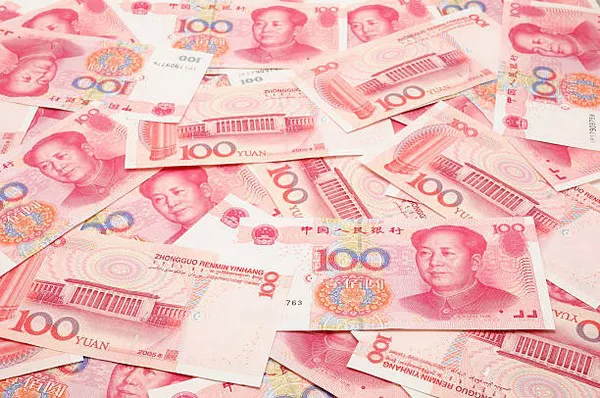In the intricate web of international finance, the dominance of the U.S. dollar has been unrivaled for decades. However, the emergence of the Chinese yuan as a formidable contender has sparked discussions about the potential for a shift in global currency dynamics. As China continues to solidify its position as a major economic powerhouse, the question arises: Can the yuan replace the dollar in international trade? This article explores the factors contributing to the yuan’s rise and assesses the challenges and opportunities associated with such a transition.
The Ascendance of the Yuan
China’s economic ascent over the past few decades has been nothing short of remarkable. With a robust manufacturing sector, a burgeoning middle class, and strategic investments in technology and infrastructure, China has become the world’s second-largest economy. As a natural corollary to this economic rise, the importance of the yuan has grown on the global stage.
The internationalization of the yuan, marked by the inclusion of the Chinese currency in the International Monetary Fund’s (IMF) Special Drawing Rights (SDR) basket in 2016, was a significant milestone. This move signaled the acknowledgment of the yuan as a major global currency and paved the way for increased use in international transactions.
Trade Surpluses and Belt and Road Initiative
China’s consistent trade surpluses have bolstered the global standing of the yuan. The nation’s massive exports and prudent fiscal policies have resulted in substantial foreign exchange reserves, creating an environment conducive to the internationalization of its currency. The Belt and Road Initiative (BRI), a colossal infrastructure project spanning multiple continents, has further amplified China’s economic influence. As countries participate in BRI projects, the yuan is increasingly being used for trade settlements, gradually reducing dependence on the U.S. dollar.
Strategic Agreements and Currency Swaps
China has been proactive in fostering strategic agreements and currency swaps to promote the use of the yuan in international transactions. Bilateral currency swap agreements with various countries, including major trading partners, facilitate transactions in yuan, bypassing the need for an intermediary currency such as the U.S. dollar. This not only streamlines trade processes but also diminishes the dominance of the dollar in global transactions.
The Challenges Ahead
While the rise of the yuan is undeniable, several challenges must be addressed before it can replace the dollar as the world’s primary reserve currency.
Financial Market Reforms: To enhance the yuan’s credibility, China must continue implementing financial market reforms. Transparency, regulatory improvements, and a more open capital account are essential elements in building trust among international investors and institutions.
Currency Convertibility: Full convertibility of the yuan is crucial for its widespread adoption. Currently, there are restrictions on the movement of the yuan, and liberalizing these controls will be necessary to foster confidence among global investors.
Political Stability: Global investors and central banks seek stability in the currency they hold as a reserve. China needs to ensure political stability and address concerns about its governance model to instill confidence in the yuan as a reliable global currency.
Market Liquidity: The liquidity of the yuan in international markets needs to be enhanced. Deep and liquid markets are essential for facilitating large-scale transactions and investments denominated in the yuan.
Opportunities for the Yuan
Diversification of Reserves: Countries and institutions are increasingly looking to diversify their reserve currencies to reduce dependence on the U.S. dollar. The yuan, with its growing influence and stable economic fundamentals, presents an attractive alternative for reserve diversification.
Digital Currency Innovation: China’s exploration of a digital yuan, often referred to as the Digital Currency Electronic Payment (DCEP), is a pioneering step that could revolutionize global transactions. A digital yuan could offer efficiency, security, and cost-effectiveness, further propelling the currency onto the world stage.
Trade Partnerships and Agreements: Strengthening economic ties through bilateral and multilateral trade agreements can significantly boost the yuan’s prominence. As China continues to forge alliances and trade partnerships, the yuan is likely to play an increasingly pivotal role in international trade settlements.
See Also Is 10000 Yuan A Lot Of Money In China? A Comprehensive Analysis
Conclusion
While it remains uncertain whether the yuan can entirely replace the U.S. dollar in global trade, the undeniable rise of the Chinese currency signals a shifting economic landscape. China’s concerted efforts to internationalize the yuan, coupled with its economic prowess, present a credible challenge to the dollar’s hegemony. The challenges ahead are formidable, but with strategic reforms, increased convertibility, and ongoing global economic shifts, the yuan’s ascent may reshape the dynamics of the international monetary system in the years to come.


